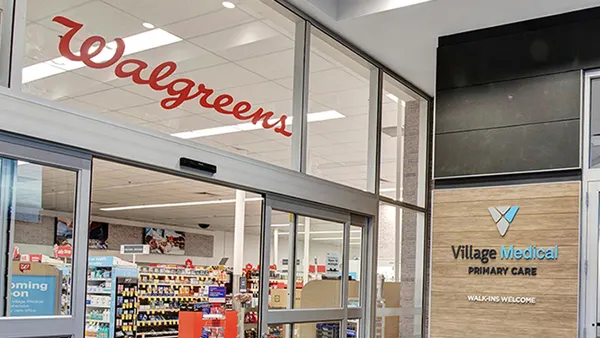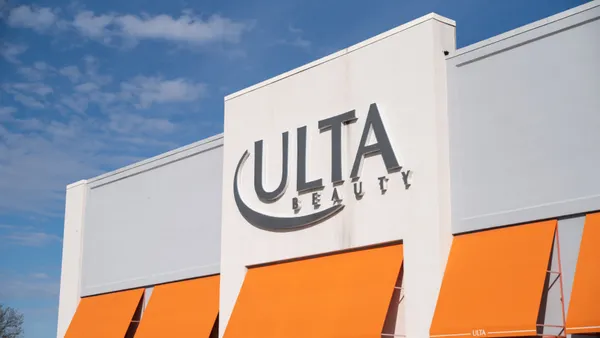Dive Brief:
-
Sycamore Partners, which bought Staples in 2017, is eyeing a recapitalization plan that would load the office supplies retailer with roughly $1 billion in additional debt, people with knowledge of the plan told Bloomberg.
-
Such a deal would allow the private equity firm to regain about two-thirds of the $1.6 billion it put up to take Staples private, leaving about $600 million of equity in the business, according to Bloomberg. Over the next year, Sycamore could exit the investment through an initial public offering of the corporate unit, one of the sources told Bloomberg.
-
The additional debt would bring Staple's total debt load to $5.325 billion, Bloomberg reports.
Dive Insight:
Almost two years ago, Sycamore shelled out $6.9 billion to take Staples private, and began making major changes at the office supplies retailer. Most notably, it split off its business-to-business and retail operations. Executive shuffling has also shaken things up. Shira Goodman, who served as CEO for under two years, was replaced last April by Coca-Cola exec J. Alexander Douglas.
The firm has also made moves to beef up its place in the market with acquisitions. Last June, Staples snapped up business solutions HiTouch Business Services for an undisclosed amount. Then in September, it announced the acquisition of workplace product and services company Essendant for $996 million. In February of this year, the FTC said the two companies agreed to a settlement establishing a firewall between Staples' B2B operations and Essendant's wholesale business. The merger is expected to proceed with both businesses' sales teams operating separately.
It's unclear the effect that a dividend recapitalization plan would have on the Staples business, as such plans have had varied results on private equity backed retailers over the years, according to Pitchbook. One cautionary tale is Payless. Golden Gate Capital, Blum Capital and Wolverine Worldwide bought the discount shoe retailer in a 2012 leveraged buyout and paid themselves over $350 million in dividends. As the company continued to struggle, it subsequently filed for bankruptcy twice, and ultimately liquidated this February.













